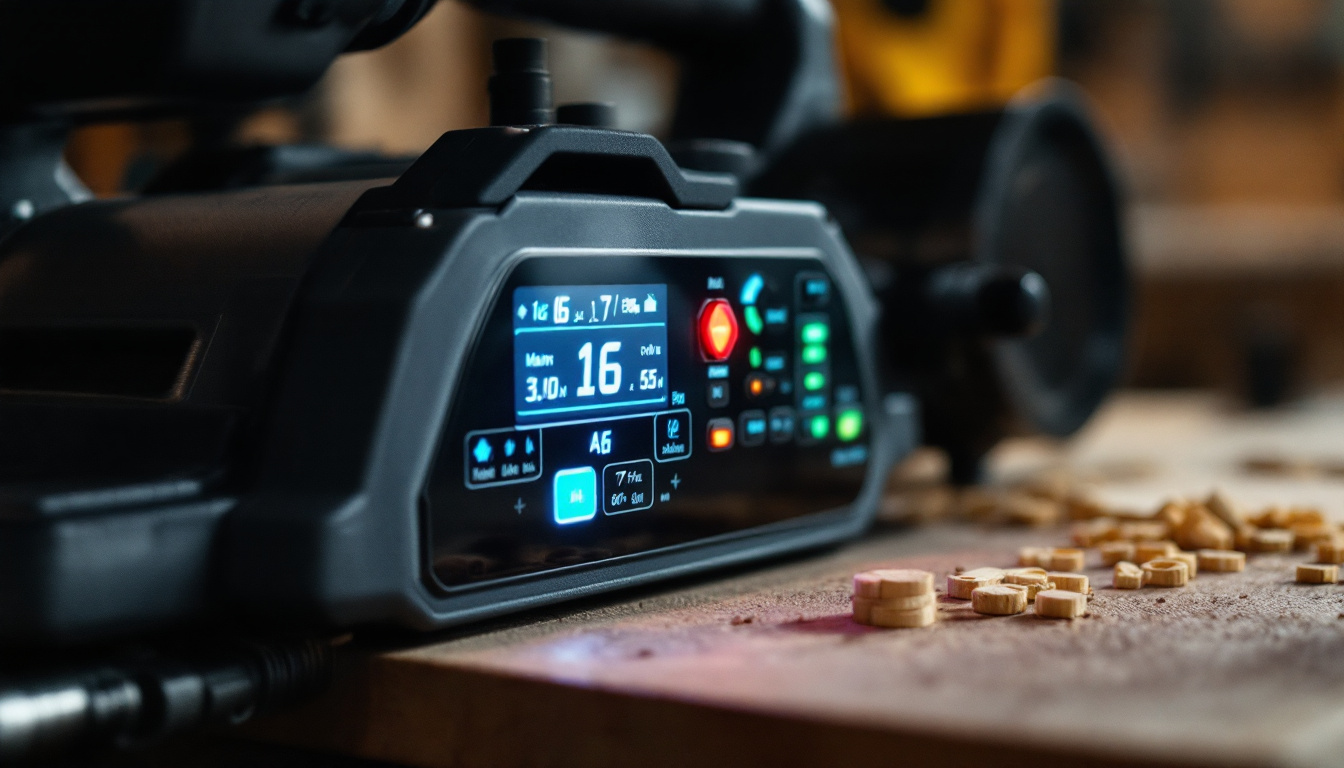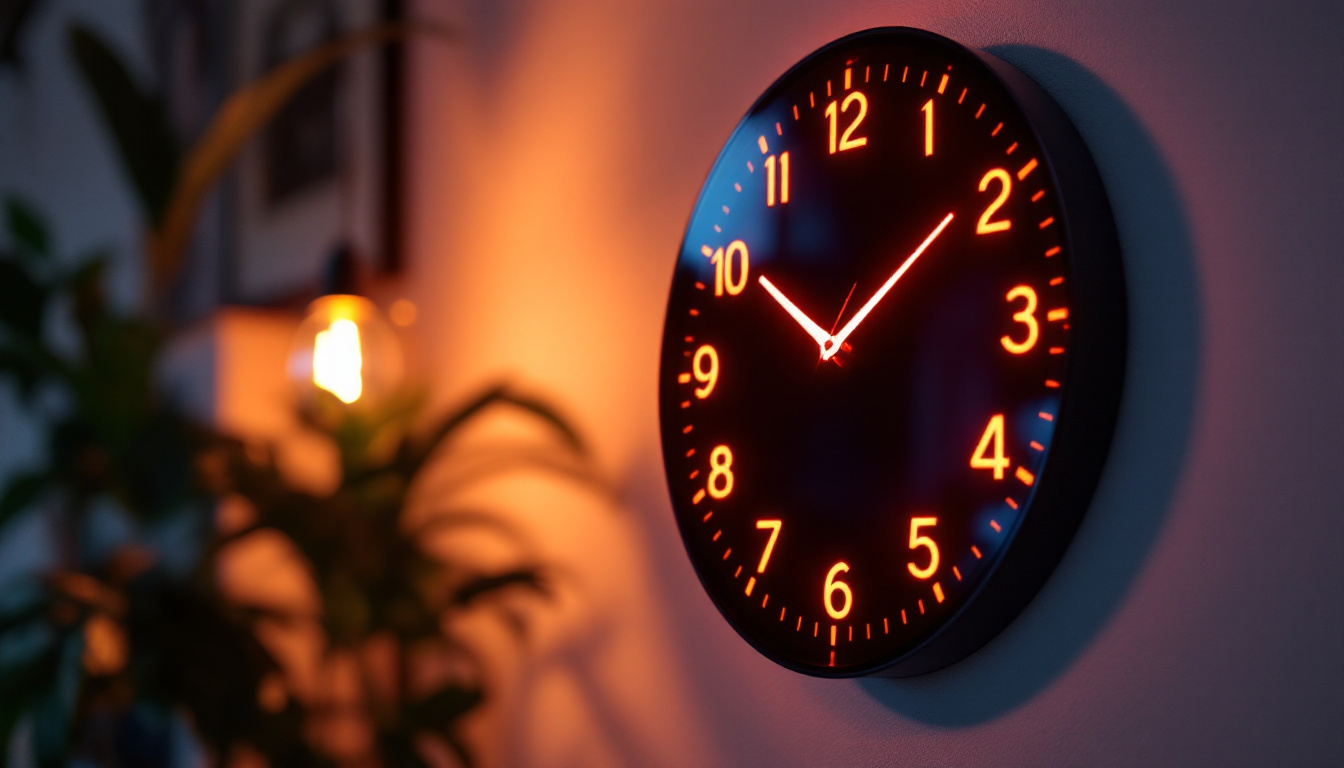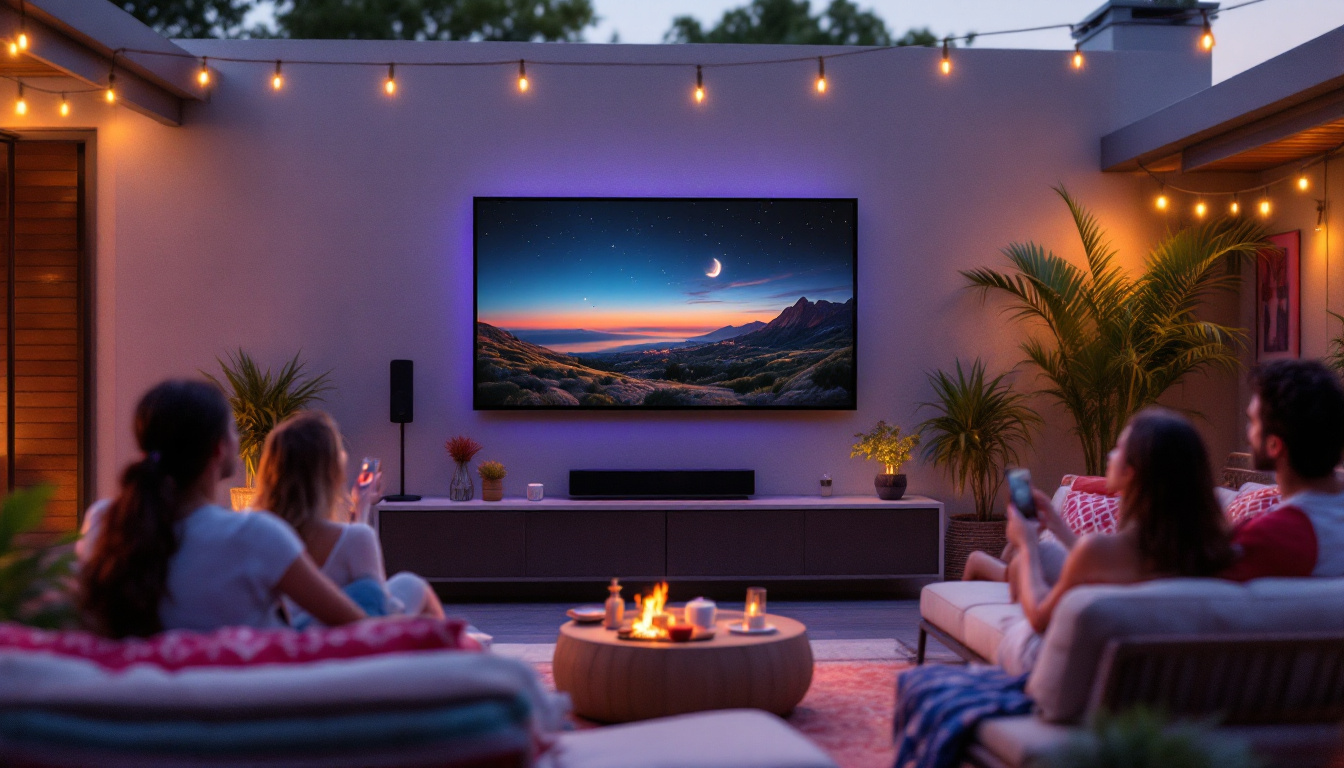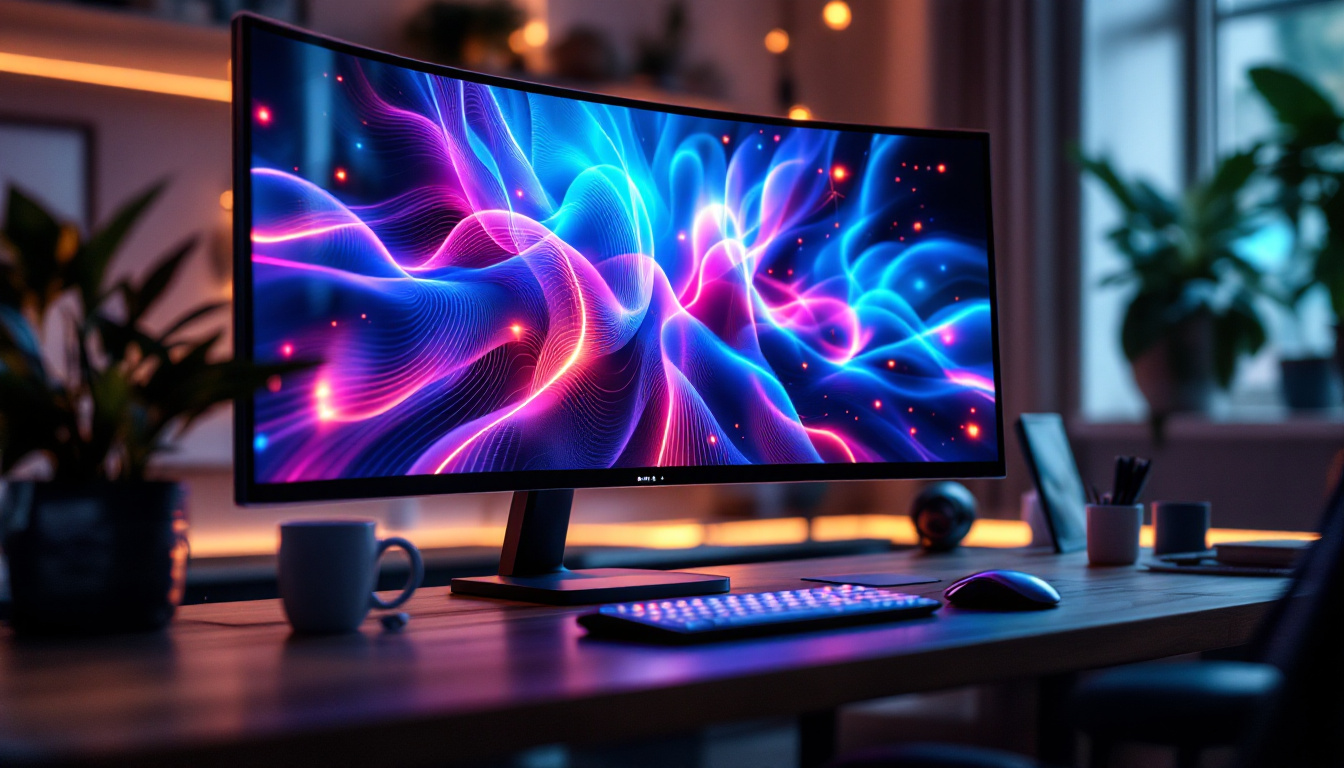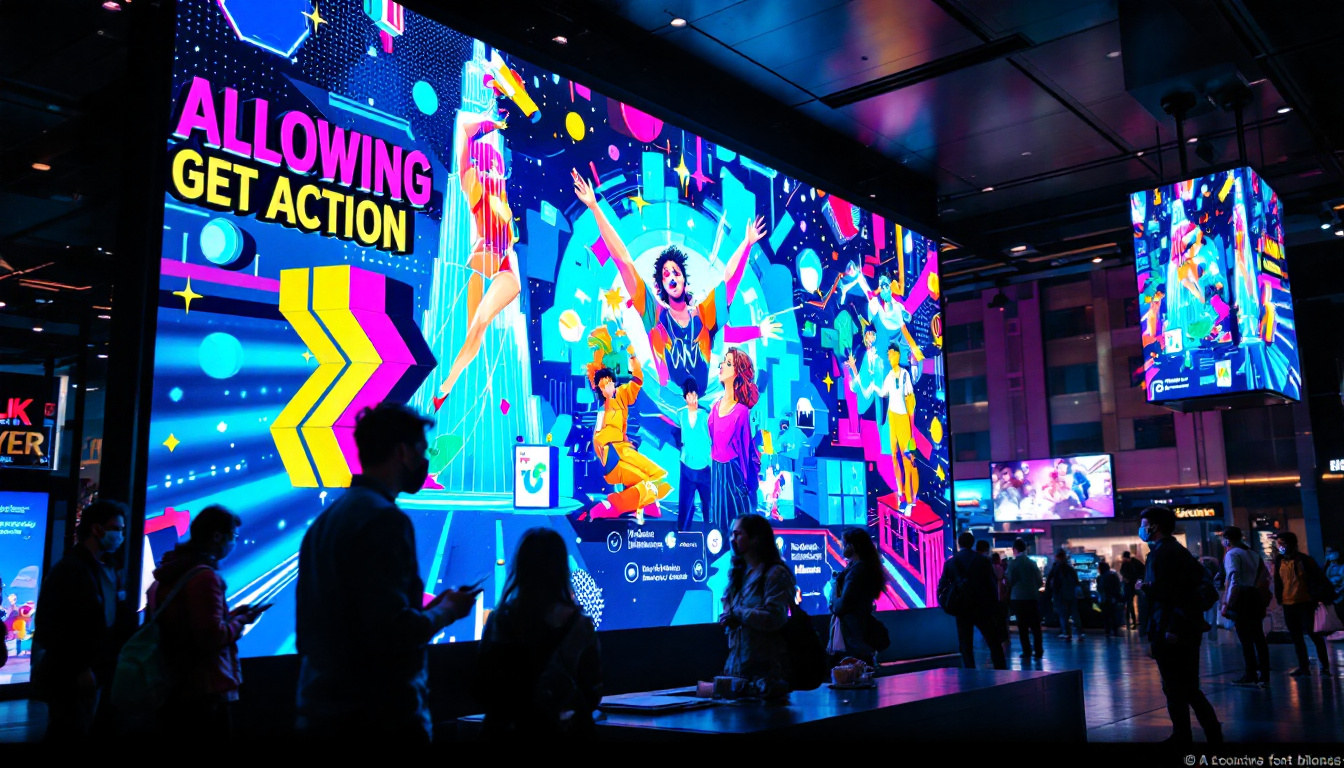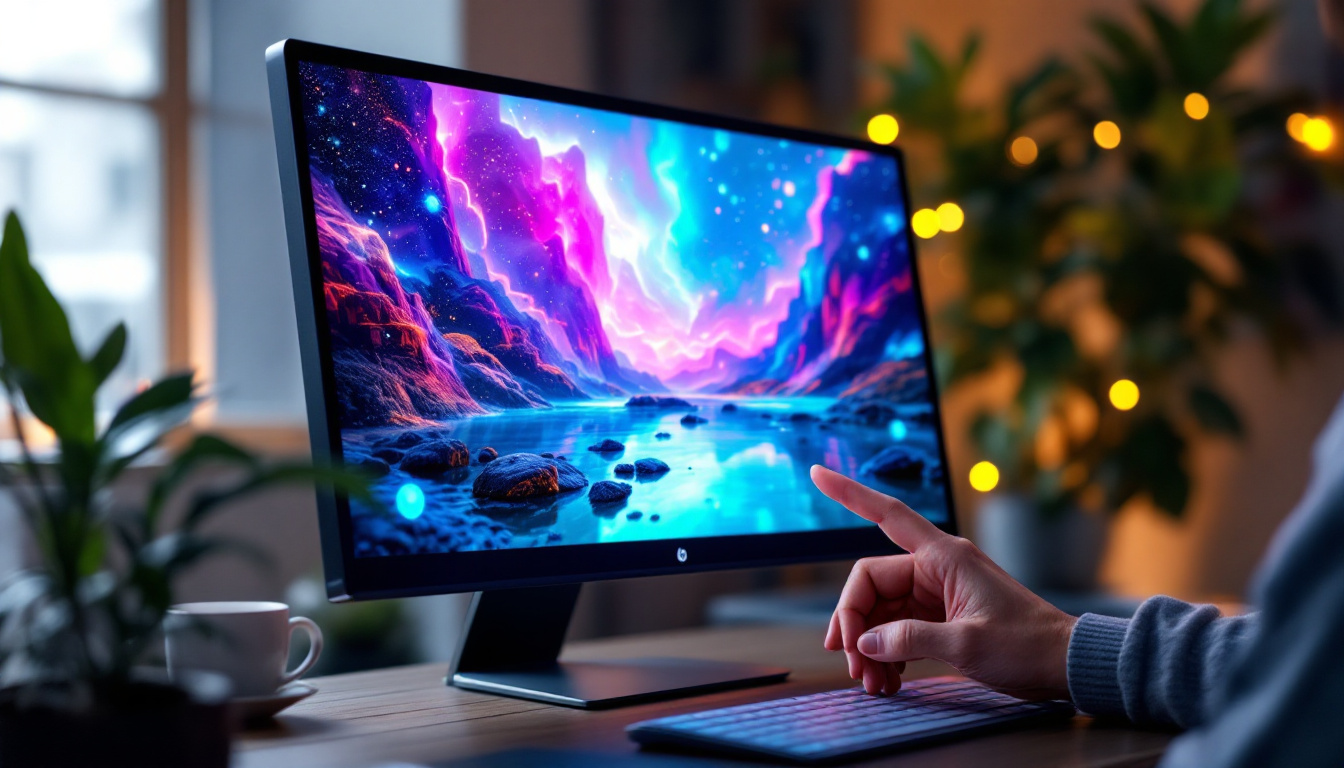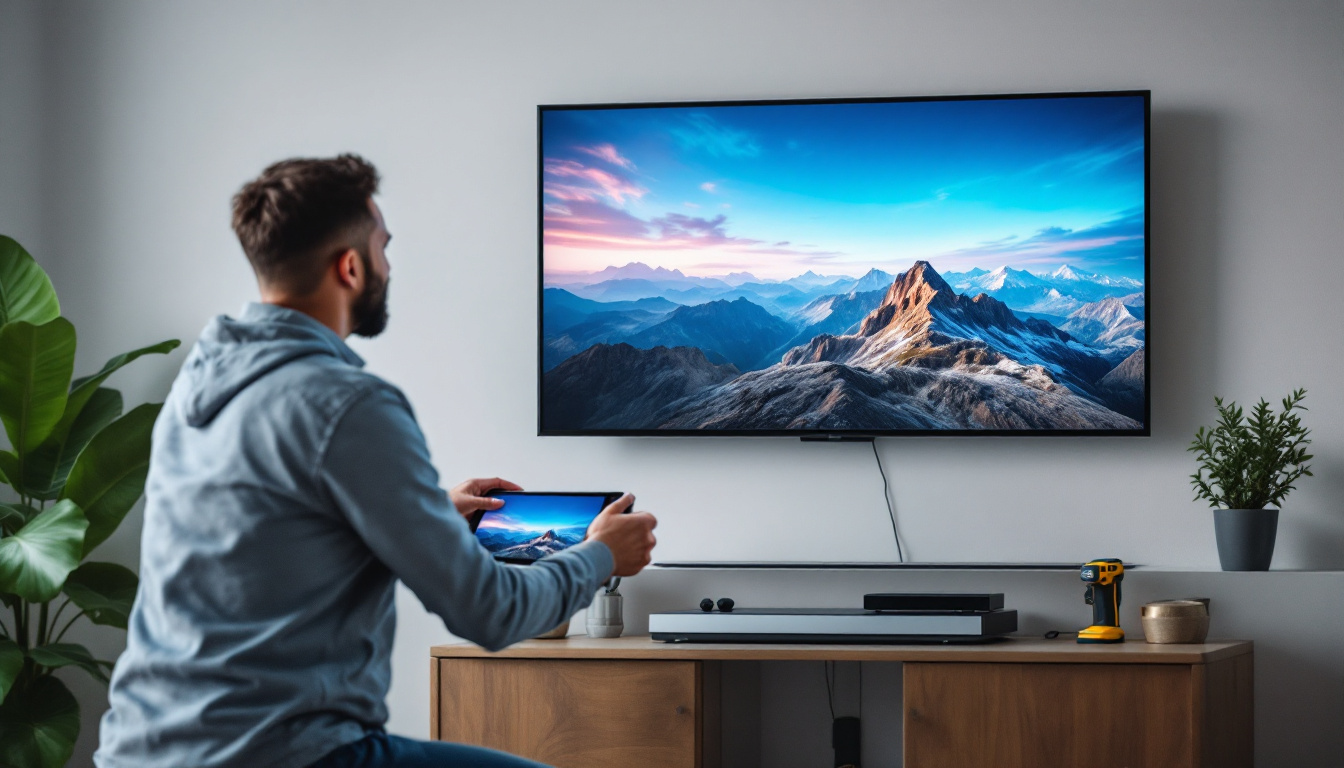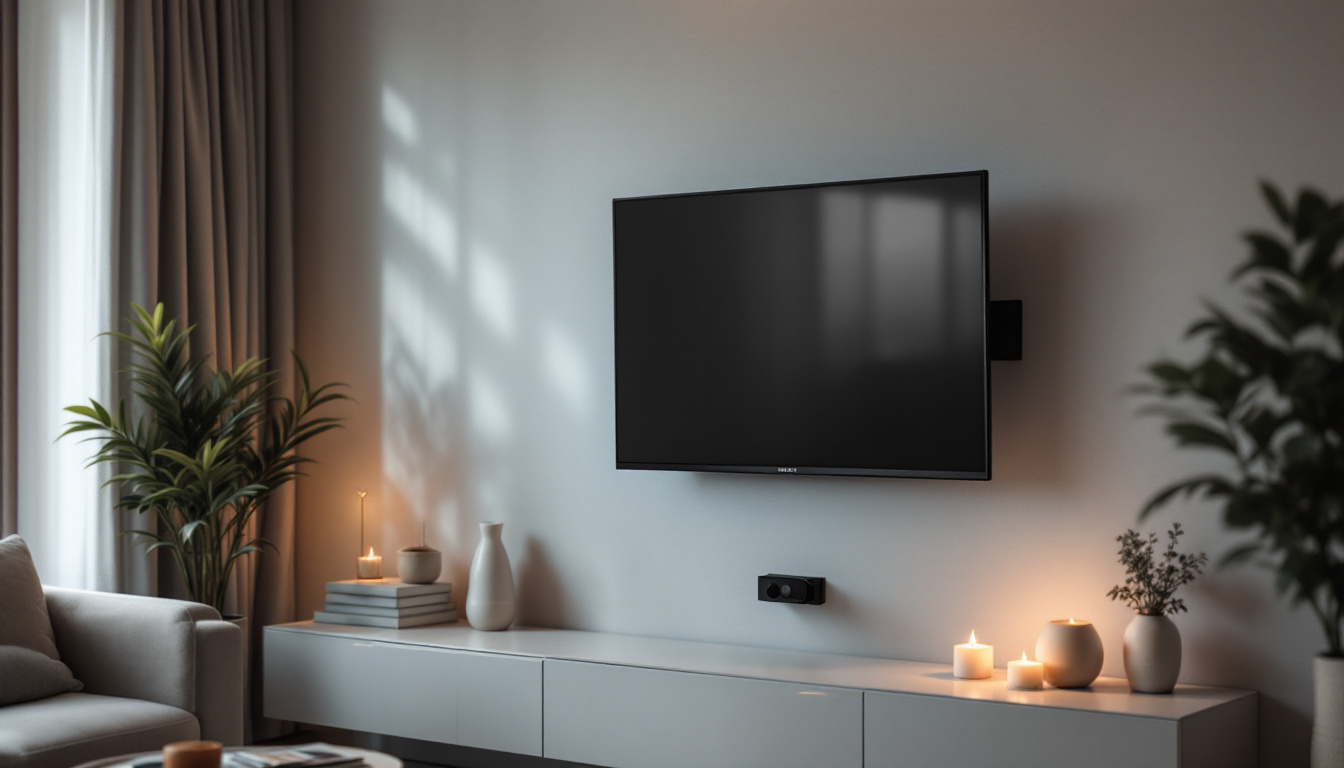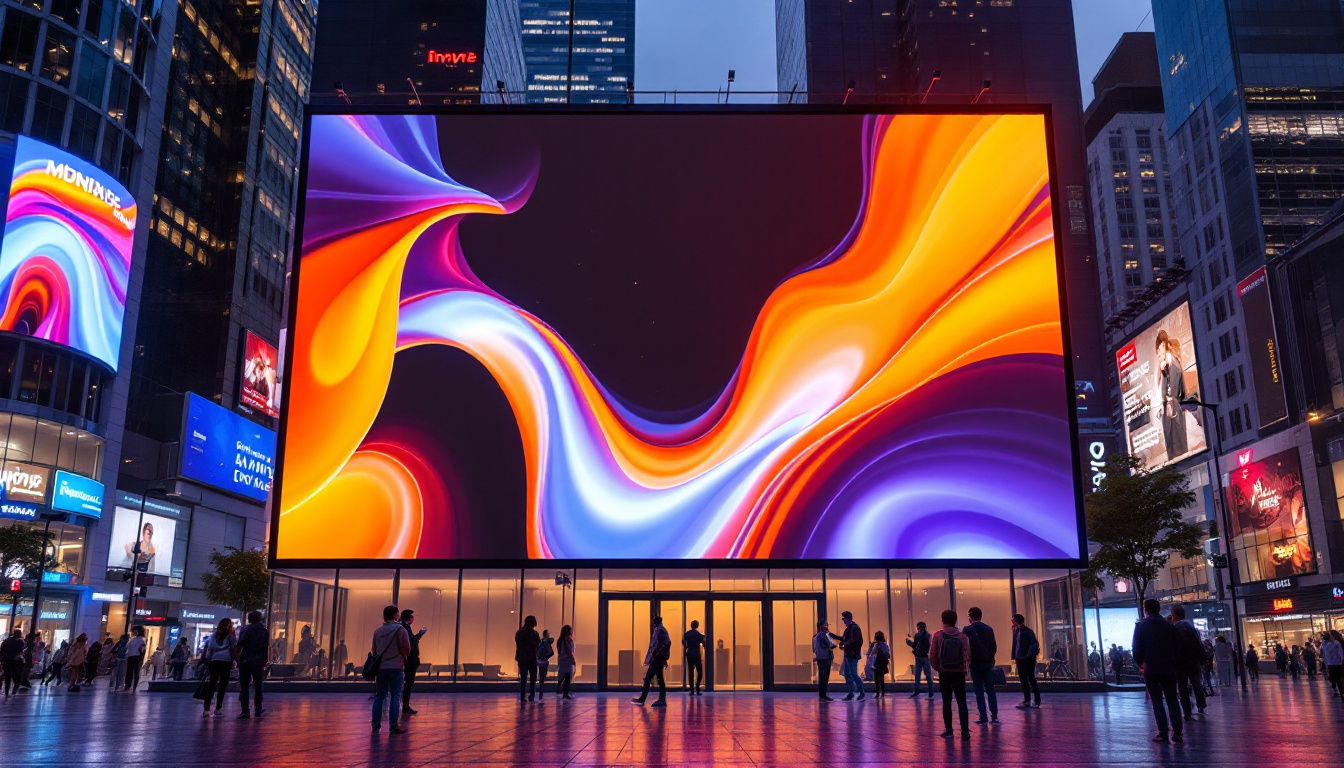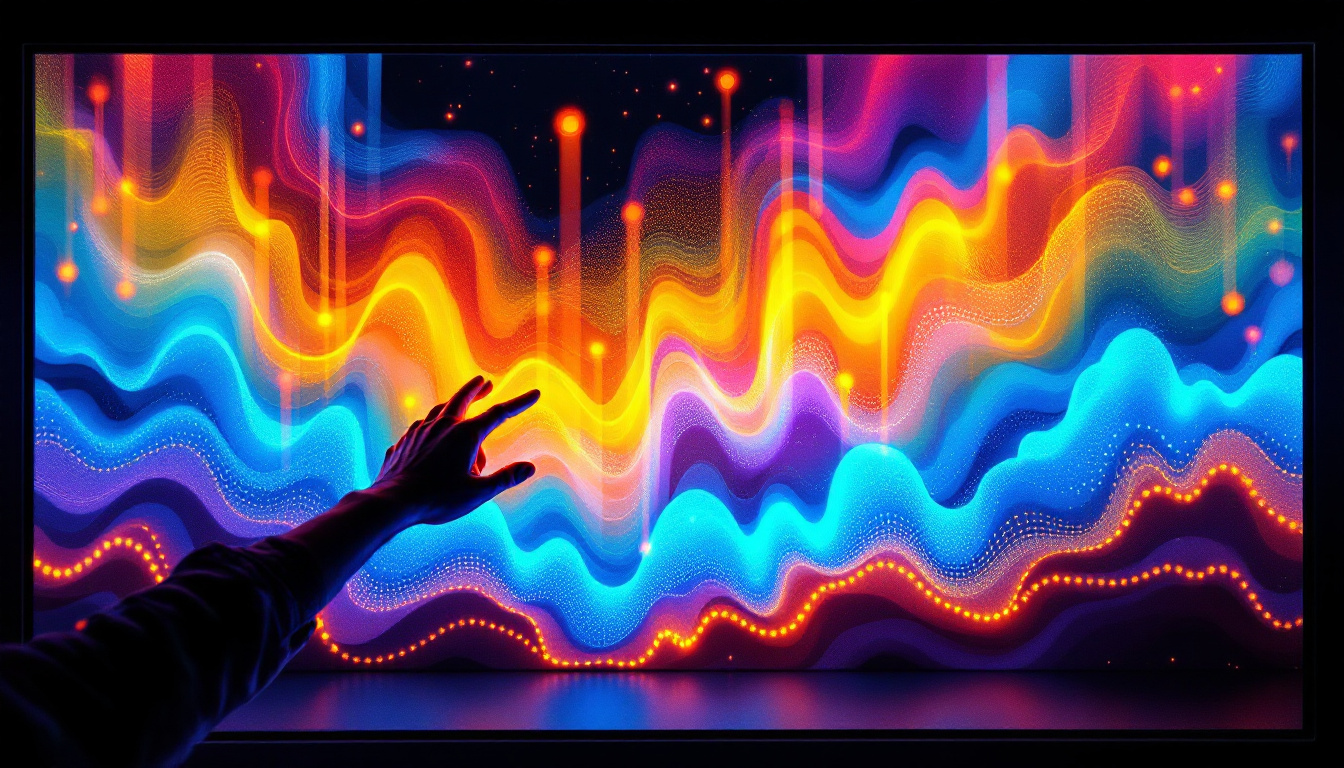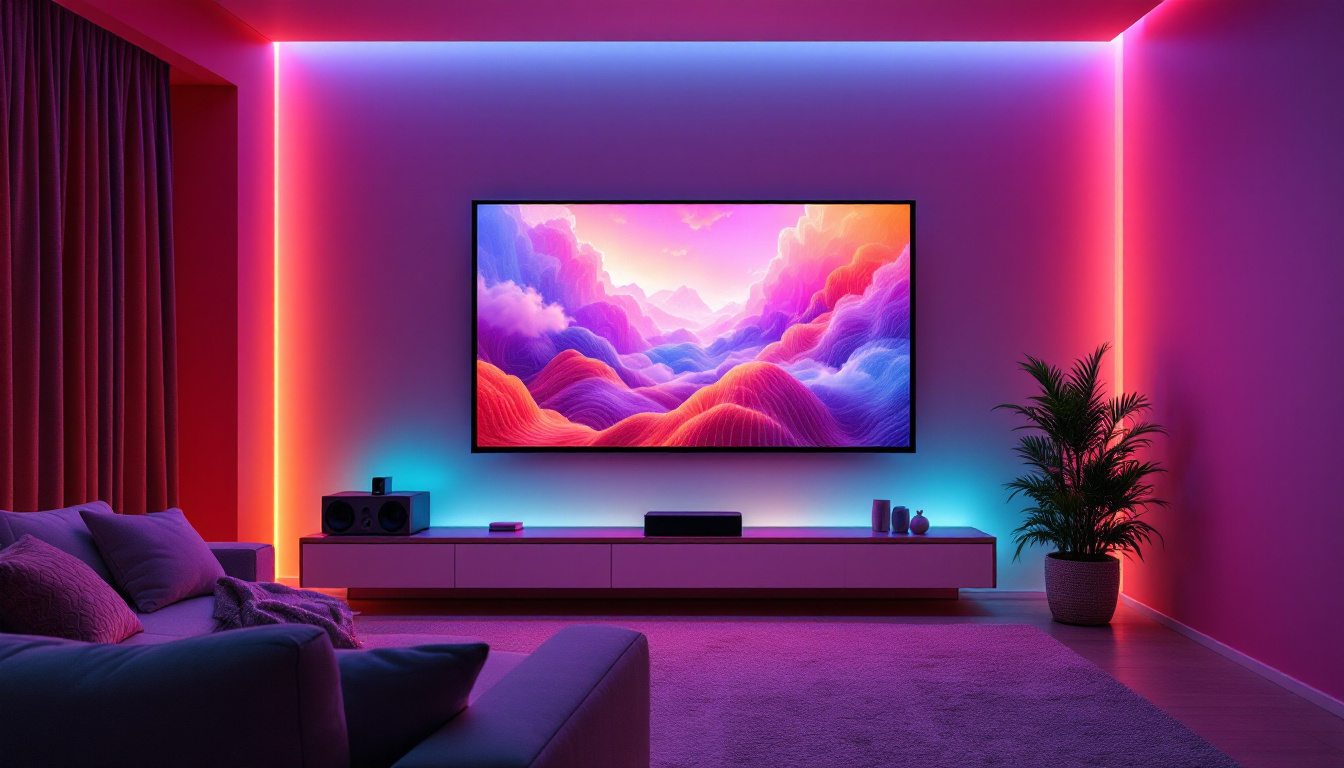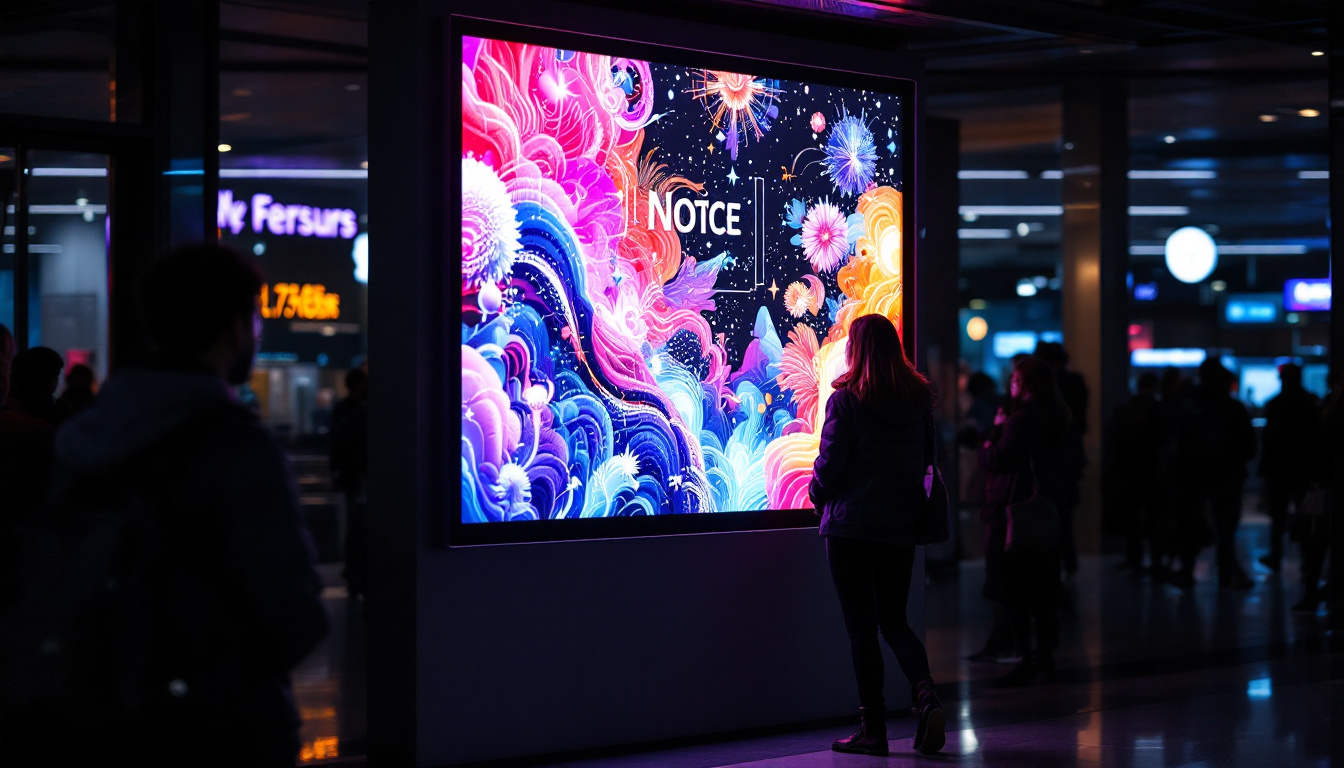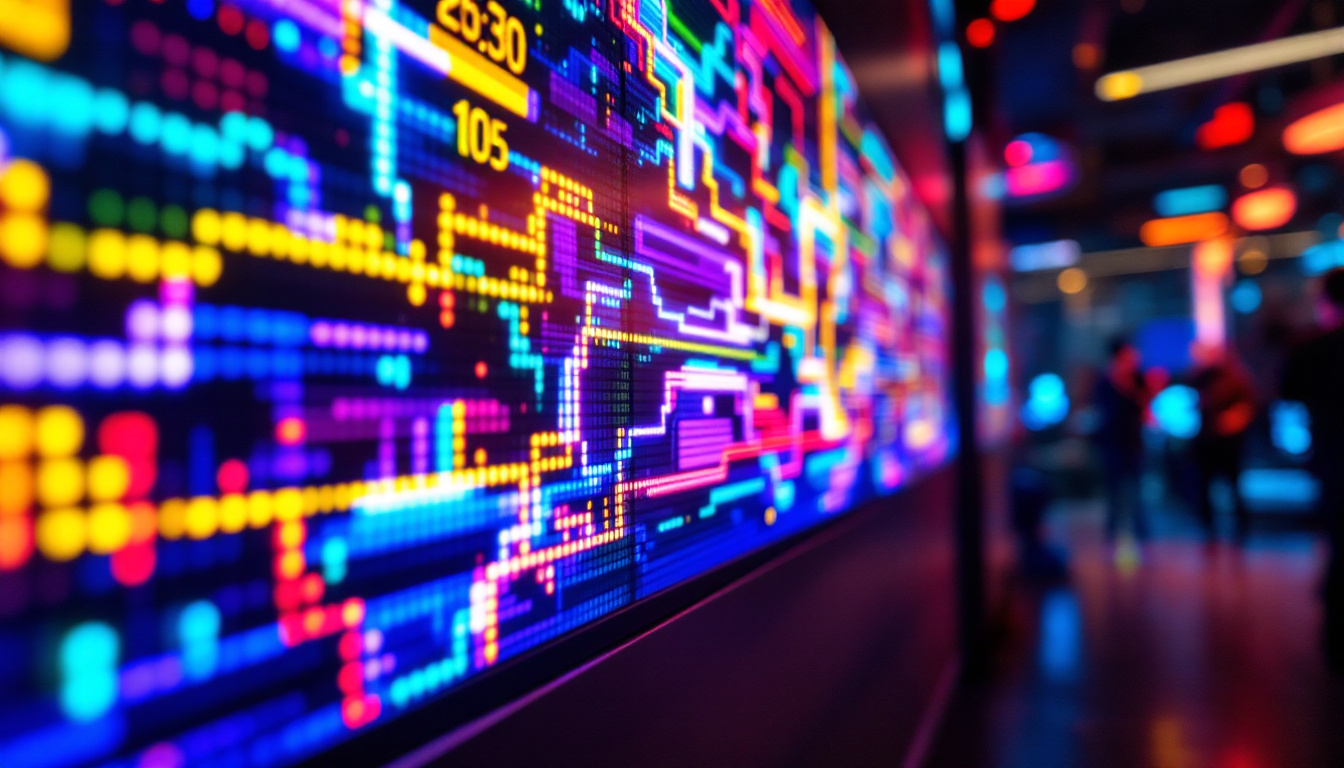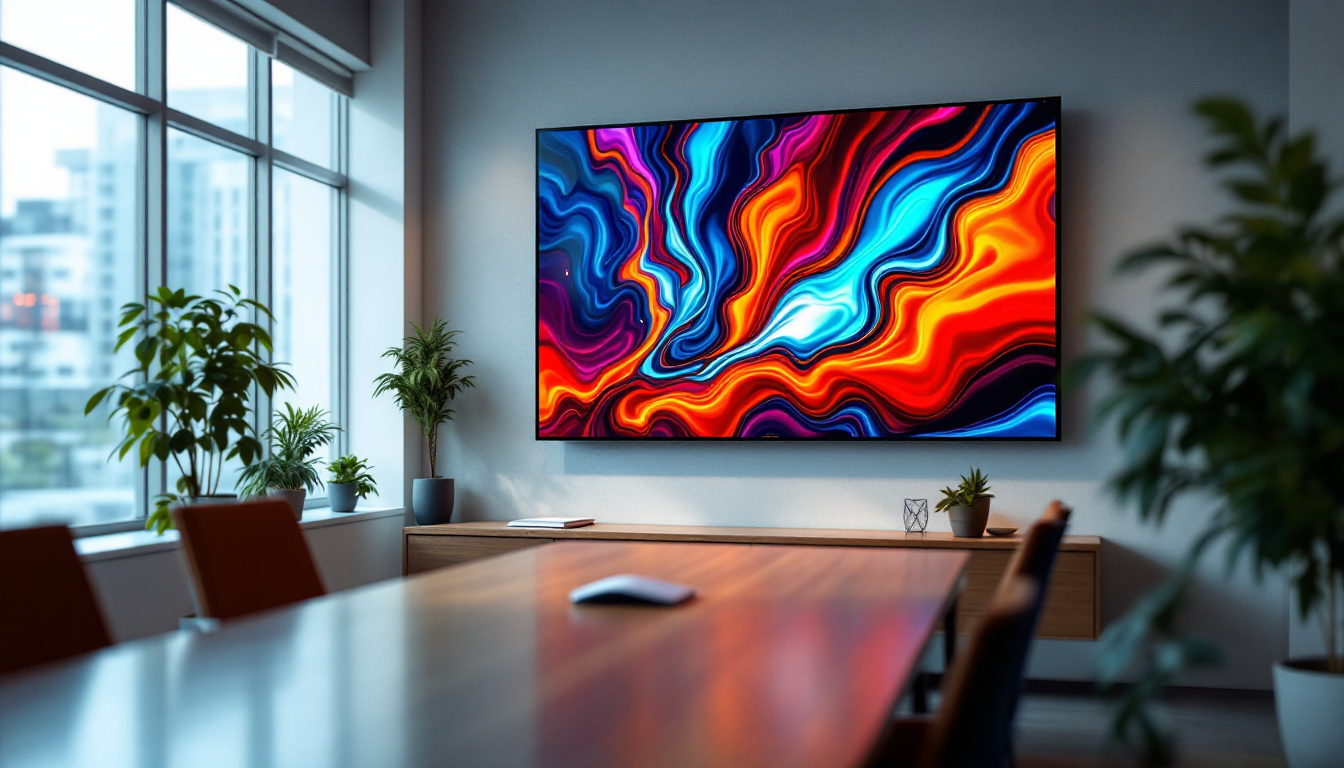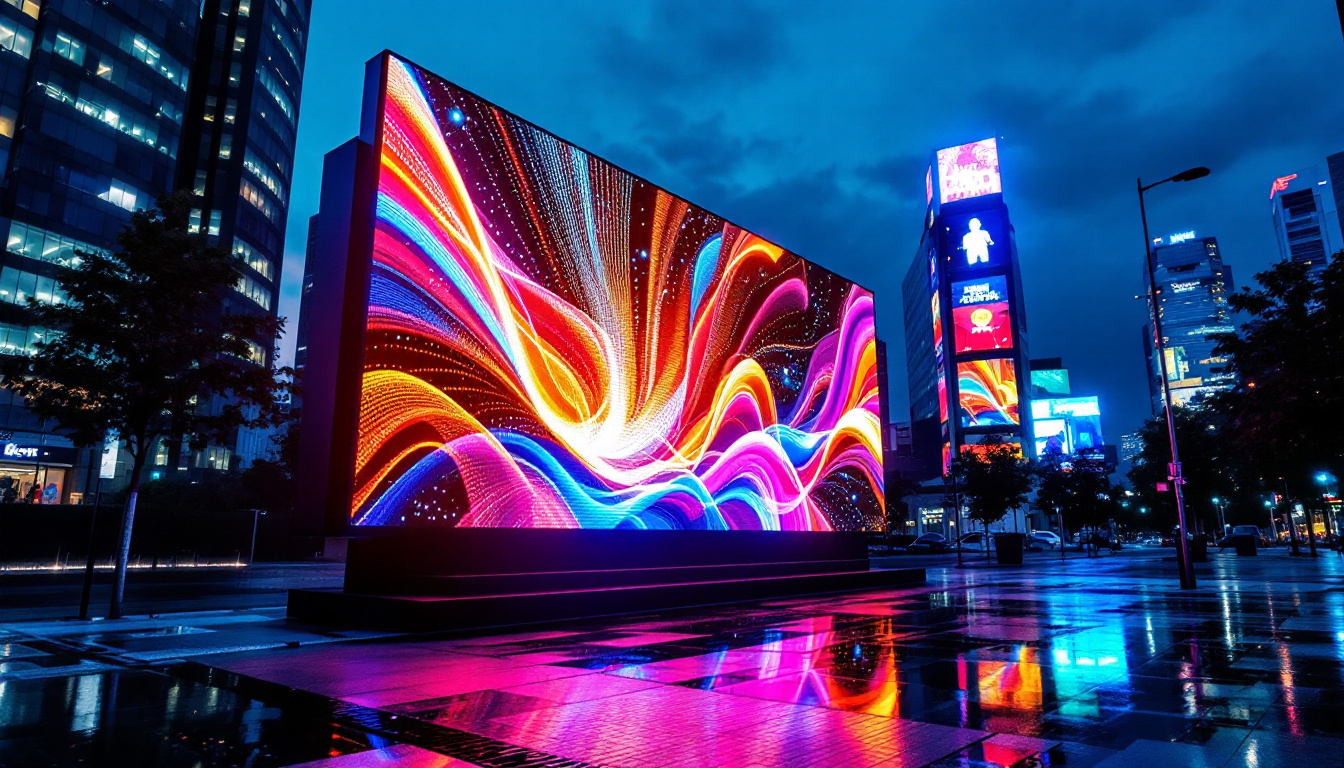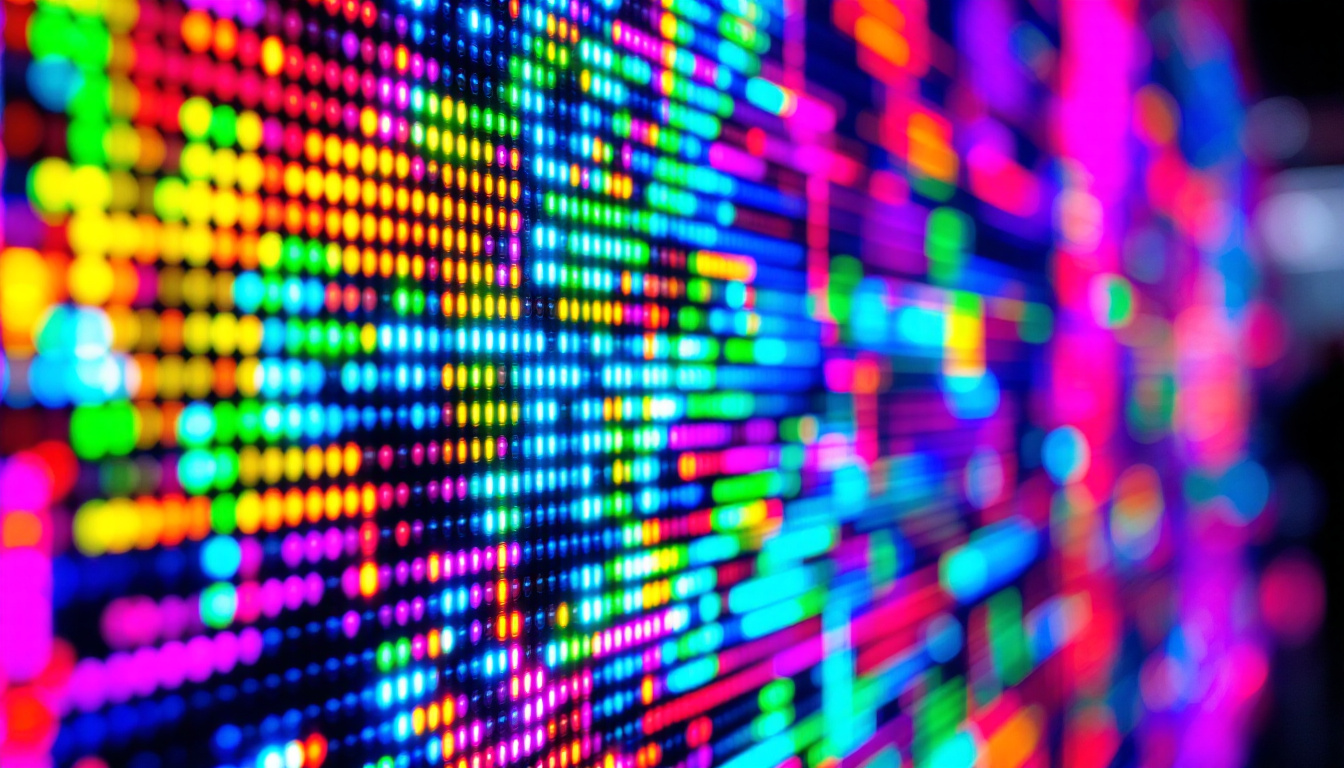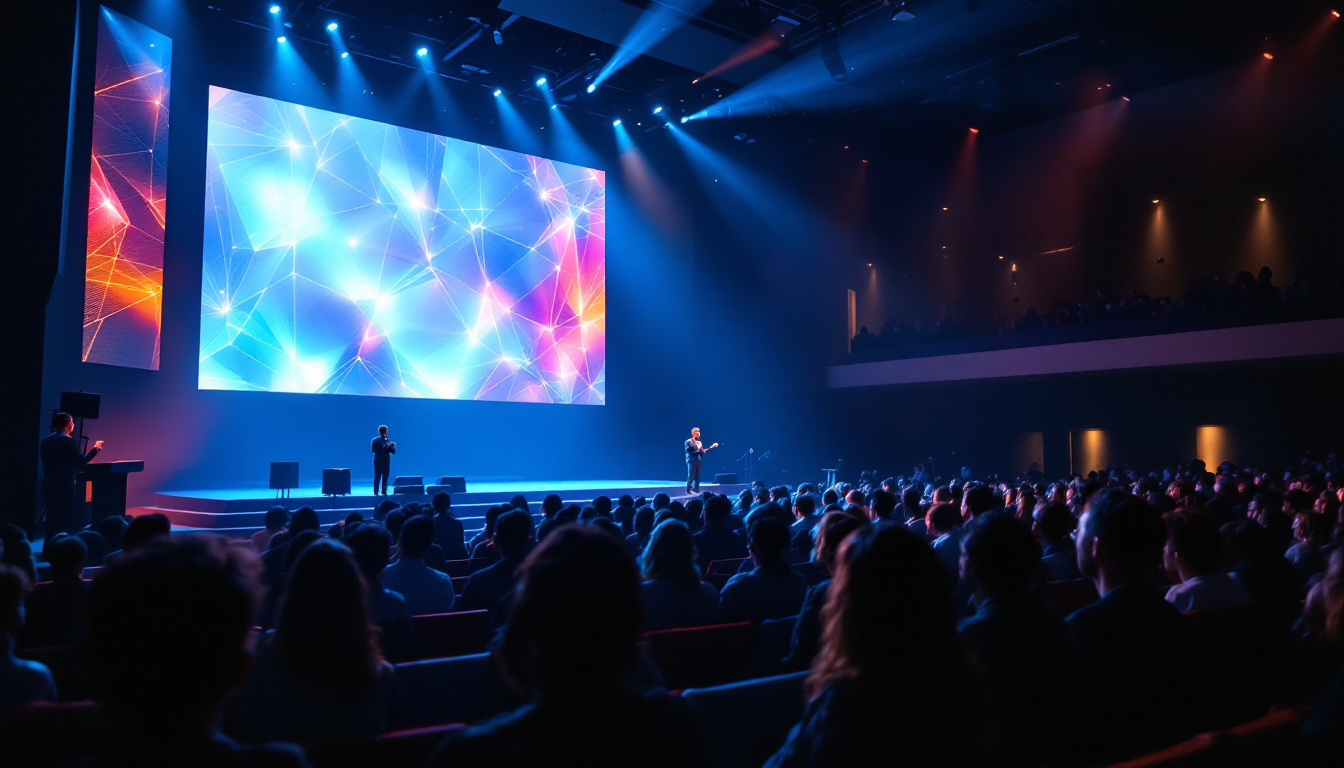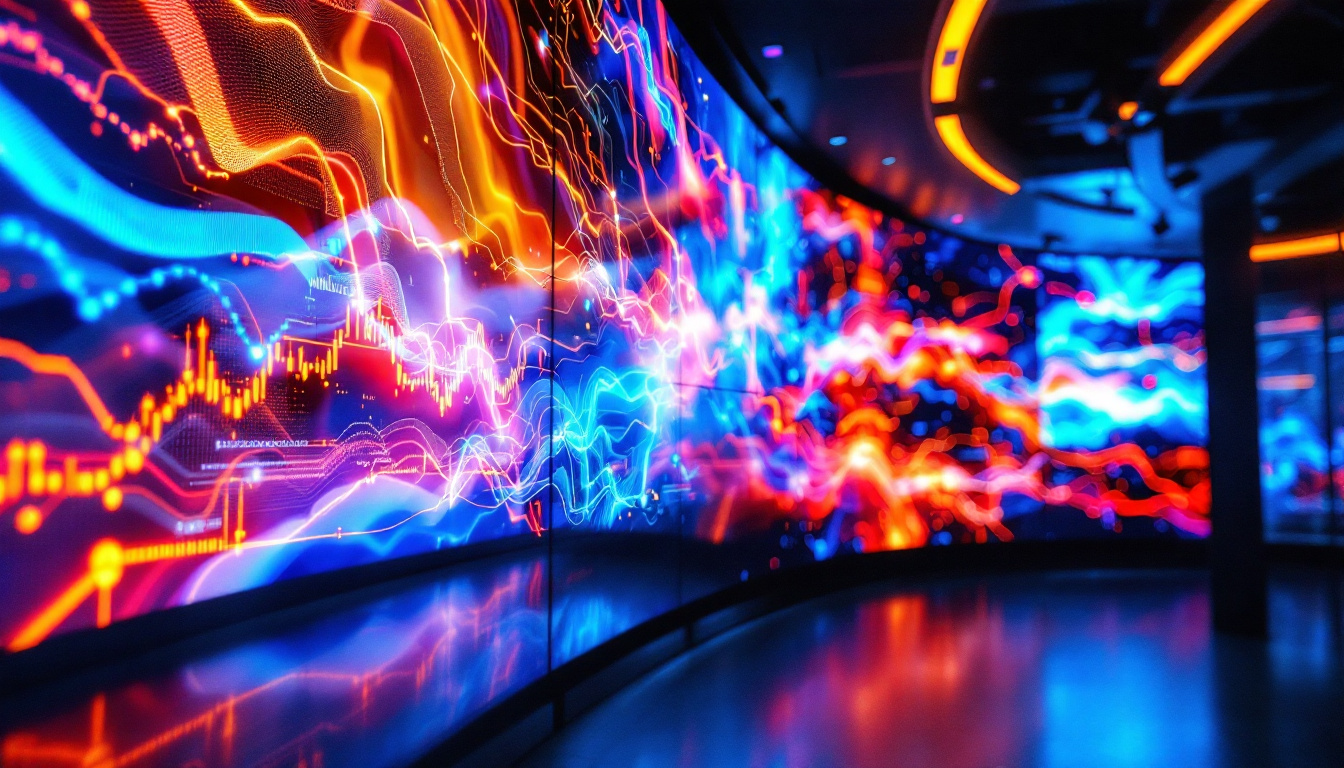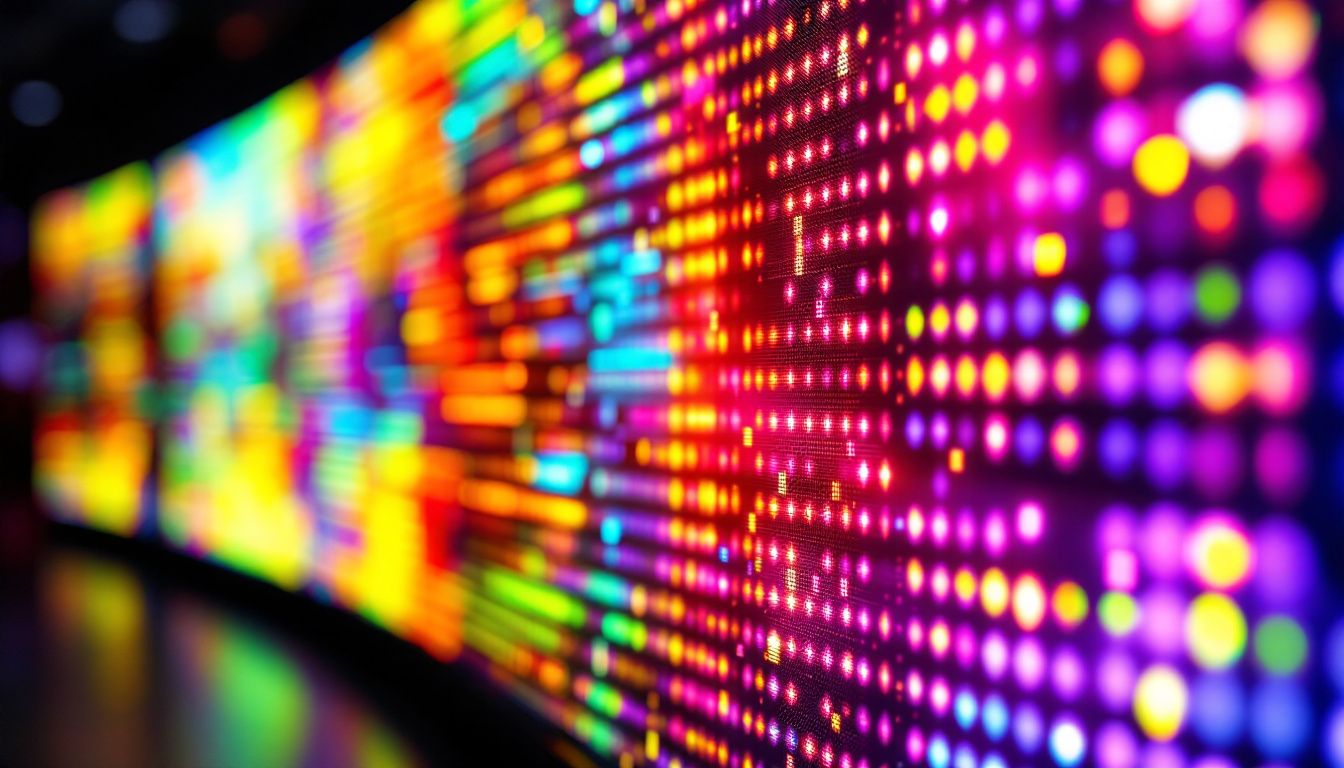The 16 Planer is a sophisticated tool that has gained popularity among woodworkers and craftsmen for its precision and efficiency. One of the standout features of this planer is its LED display, which provides users with essential information at a glance. Understanding the LED display and its functionality can significantly enhance the user experience, making it easier to achieve desired results. In this article, we will delve into the intricacies of the 16 Planer’s LED display, exploring its features, benefits, and how it contributes to the overall performance of the tool.
Understanding the LED Display
The LED display on the 16 Planer serves as the command center for users, offering real-time feedback and information. This digital interface is designed to be user-friendly, ensuring that even those new to woodworking can navigate it with ease. The display typically shows critical data such as thickness settings, feed rates, and other operational parameters.
Key Features of the LED Display
One of the most notable aspects of the LED display is its clarity. The bright, high-contrast screen makes it easy to read in various lighting conditions, whether in a well-lit workshop or a dimly lit garage. Additionally, the display is designed to be intuitive, featuring icons and indicators that provide immediate understanding of the tool’s status.
Another significant feature is the ability to customize settings directly through the display. Users can adjust the thickness of the wood being planed with precision, ensuring that each pass delivers the desired outcome. This level of control is crucial for achieving consistent results, especially when working with different types of wood. Moreover, the display often includes preset options for common wood types, allowing users to quickly select the optimal settings for species like oak, maple, or pine, which can greatly enhance efficiency.
Operational Indicators
The LED display also includes various operational indicators that enhance safety and efficiency. For instance, it may feature alerts for when the blades need sharpening or when the machine is overloaded. These indicators help prevent damage to the tool and ensure that users can operate it safely. Additionally, the display may provide a visual representation of the machine’s operational status, such as a green light for normal operation or a red light for alerts, making it easy to assess the machine’s readiness at a glance.
Furthermore, the display may provide information on the current feed rate, allowing users to adjust their approach based on the material being worked on. This adaptability is essential for achieving optimal results, as different woods may require different settings for the best finish. In more advanced models, users might even find a digital timer that tracks the duration of each planing session, helping them to manage their workflow effectively and plan their projects with greater precision. This feature not only aids in time management but also encourages users to develop a better understanding of how different settings affect the overall quality of their work, fostering a deeper appreciation for the craft of woodworking.
Benefits of the LED Display
The incorporation of an LED display in the 16 Planer brings numerous benefits that significantly improve the user experience. From enhancing precision to promoting safety, the advantages are manifold.
Enhanced Precision
One of the primary benefits of the LED display is the enhanced precision it offers. By providing clear, real-time data on thickness settings and feed rates, users can make informed adjustments on the fly. This level of precision is particularly important for professional woodworkers who require exact measurements for their projects.
Moreover, the ability to visualize settings on a digital display reduces the likelihood of human error. Traditional planers often rely on manual dials or gauges, which can be misread or miscalibrated. The LED display eliminates this issue, providing a straightforward, accurate representation of the tool’s settings. This accuracy not only ensures that the final product meets the desired specifications but also enhances the overall quality of the work produced, leading to higher customer satisfaction and repeat business.
Increased Efficiency
Efficiency is another significant advantage of the LED display. With immediate access to critical information, users can quickly adjust their settings without having to stop the machine or consult a manual. This streamlined process allows for faster project completion and reduces downtime.
Additionally, the operational indicators mentioned earlier contribute to efficiency by alerting users to potential issues before they escalate. This proactive approach helps maintain the tool’s performance and longevity, ensuring that it remains a reliable asset in any workshop. Furthermore, the LED display can often provide diagnostic information that assists in troubleshooting, enabling users to resolve minor issues swiftly and effectively, thus minimizing interruptions in workflow.
User-Friendly Interface
The user-friendly nature of the LED display cannot be overstated. Its intuitive design makes it accessible for both seasoned professionals and novices alike. Clear icons and straightforward navigation mean that users can focus on their work rather than struggling with complex controls.
This accessibility is particularly beneficial in educational settings or workshops where multiple users may operate the tool. By simplifying the interface, the LED display fosters a learning environment where users can quickly become proficient in using the 16 Planer. Additionally, the visual feedback provided by the LED display allows instructors to easily demonstrate the functionalities of the tool, enabling students to grasp concepts more effectively. This not only accelerates the learning curve but also cultivates a sense of confidence among new users, encouraging them to explore the full capabilities of the machine without hesitation.
How to Use the LED Display Effectively
Regularly Check Settings
Before starting any project, it is crucial to check the thickness settings and feed rates displayed on the LED screen. This initial step ensures that the tool is calibrated correctly for the specific material being used. Regularly checking these settings throughout the project can help maintain consistency and quality.
Additionally, users should take note of any alerts or indicators that may appear on the display. Addressing these issues promptly can prevent larger problems down the line, such as blade damage or motor overload.
Utilize the Customization Features
The customization features of the LED display are designed to enhance user experience. Taking advantage of these settings allows for greater control over the planing process. For example, adjusting the feed rate based on the type of wood can lead to better finishes and reduced wear on the blades.
Experimenting with different settings can also help users understand how various materials respond to the planer. This knowledge can be invaluable for future projects, allowing for more informed decisions and better results.
Keep the Display Clean
Maintaining the cleanliness of the LED display is essential for optimal performance. Dust and debris can accumulate on the screen, potentially obscuring important information. Regularly wiping the display with a soft, dry cloth will ensure that it remains clear and easy to read.
Furthermore, keeping the surrounding area clean can prevent dust from entering the machine itself, which can lead to mechanical issues over time. A clean workspace contributes to a more efficient and enjoyable woodworking experience.
Common Issues and Troubleshooting
While the LED display on the 16 Planer is designed for reliability, users may encounter some common issues. Understanding these problems and their solutions can help maintain the tool’s performance.
Display Not Turning On
If the LED display does not turn on, the first step is to check the power supply. Ensure that the planer is properly plugged in and that the outlet is functioning. If the power supply is not the issue, it may be necessary to consult the user manual for troubleshooting steps or contact customer support for assistance.
In some cases, a reset of the machine may resolve the issue. This can often be done by unplugging the tool for a few minutes and then plugging it back in. This simple step can sometimes restore functionality to the display.
Incorrect Readings
Occasionally, users may notice that the readings on the LED display do not match their expectations. This discrepancy can be caused by a miscalibration of the tool. To resolve this, it may be necessary to recalibrate the planer according to the manufacturer’s instructions.
Additionally, if the tool has been subjected to heavy use, it may be worth checking the blades and other components for wear and tear. Dull blades can affect performance and lead to inaccurate readings, so regular maintenance is key.
Unresponsive Controls
If the controls on the LED display become unresponsive, it may indicate a software glitch or hardware issue. Restarting the machine can often resolve this problem. If the issue persists, it is advisable to consult the user manual for troubleshooting steps or seek professional assistance.
Conclusion
The LED display on the 16 Planer is a vital feature that enhances the overall functionality and user experience of this powerful tool. By providing clear, real-time information and intuitive controls, it allows users to achieve precision and efficiency in their woodworking projects. Understanding how to effectively utilize the LED display can significantly improve results, making it an indispensable component of the 16 Planer.
As woodworking continues to evolve, tools like the 16 Planer, equipped with advanced features such as LED displays, will play a crucial role in helping craftsmen achieve their creative visions. Whether a seasoned professional or a hobbyist, mastering the use of the LED display can elevate any woodworking project to new heights.
Discover LumenMatrix LED Display Solutions
Ready to take your woodworking projects to the next level with unparalleled precision and efficiency? Explore the innovative world of LumenMatrix, where cutting-edge LED display technology meets craftsmanship. Whether you’re looking to enhance your workshop with an Indoor LED Wall Display or captivate onlookers with a Custom LED Display, LumenMatrix has the solution to transform your creative space. Elevate your woodworking artistry today and check out LumenMatrix LED Display Solutions for a visual experience that truly stands out.

